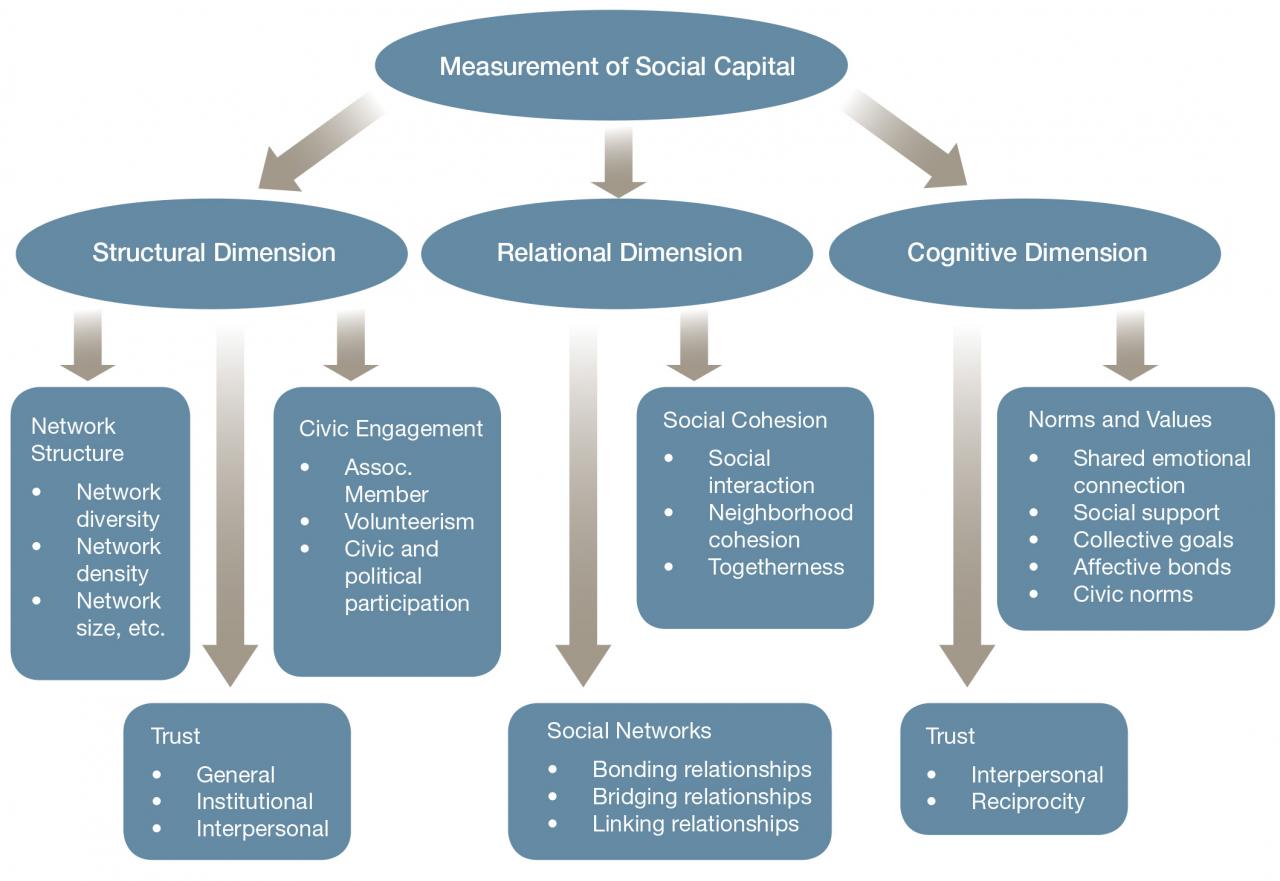
Capitol measurement holds immense historical, architectural, and symbolic importance, shaping the very fabric of American political and cultural identity. The Capitol Building’s dimensions have played a pivotal role in shaping its iconic status, serving as a testament to the nation’s values and aspirations.
From its architectural design to its ceremonial significance, the Capitol’s measurements have been meticulously crafted to convey a profound message. This article delves into the fascinating world of capitol measurement, exploring its historical significance, architectural impact, and enduring legacy.
Historical Significance of Capitol Measurement

The Capitol Building, the iconic seat of the United States Congress, stands as a testament to the nation’s history, architectural prowess, and political landscape. Its measurements and design hold deep historical significance, reflecting the aspirations and ideals of the American people.
Constructed in the 18th century, the Capitol Building has witnessed pivotal moments in American history. It has housed the debates that shaped the nation’s Constitution, witnessed the inaugurations of presidents, and served as the backdrop for countless political events that have shaped the country’s destiny.
Architectural Design and Measurements of the Capitol Building
The Capitol Building’s architectural style draws inspiration from classical Greek and Roman architecture. Its symmetrical facade and grand dome are reminiscent of ancient temples and government buildings, symbolizing the nation’s democratic principles.
The Capitol Building’s measurements are carefully calibrated to convey a sense of grandeur and proportion. It is 751 feet long, 350 feet wide, and 288 feet tall. These measurements contribute to the building’s imposing presence and create a sense of awe in visitors.
Symbolic and Ceremonial Significance of Capitol Measurement
The measurements of the Capitol Building are not merely architectural specifications but also carry symbolic meaning. The number 751, for example, represents the number of delegates who participated in the Constitutional Convention.
The building’s height of 288 feet is also symbolic. It is believed to represent the 288 delegates who signed the Declaration of Independence. The dome’s diameter of 96 feet symbolizes the number of senators in the United States Senate at the time of the building’s completion.
Comparative Analysis of Capitol Measurements
Comparing the Capitol Building’s measurements to other notable buildings in the United States and around the world reveals its architectural significance. The Capitol Building is taller than the White House but shorter than the Empire State Building.
Its dome is larger than the dome of St. Peter’s Basilica in Rome but smaller than the dome of the Pantheon in Paris. These comparisons highlight the Capitol Building’s unique architectural standing among iconic structures worldwide.
Closing Notes
The Capitol Building’s measurements are a testament to the intricate interplay between architecture, symbolism, and the American spirit. Its dimensions have shaped its architectural grandeur, imbued it with profound symbolic meaning, and cemented its place as a symbol of American democracy.
As the nation continues to evolve, the Capitol Building’s measurements will undoubtedly continue to resonate, serving as a reminder of the foundational principles upon which the United States was built.
Expert Answers: Capitol Measurement
What is the significance of the Capitol Building’s height?
The Capitol Building’s height of 288 feet symbolizes the height of the Washington Monument, representing the nation’s aspirations to reach great heights.
How do the Capitol Building’s measurements compare to other notable buildings?
The Capitol Building is taller than the White House but shorter than the Empire State Building, reflecting its unique status as a symbol of both government and national identity.






